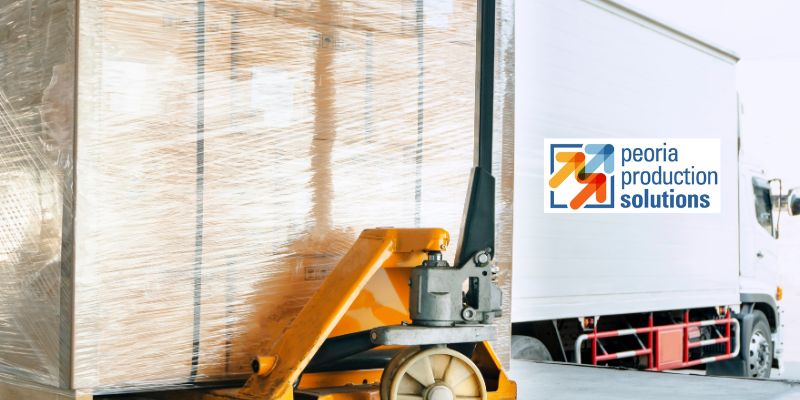Shrink Wrapping
Peoria Production Solutions, PPS, offers shrink wrap services for a wide variety of products that provide high-quality protection with clear visibility for enhanced marketability. We provide efficient and cost-effective shrink wrapping with an experienced staff… Shrink Wrapping








